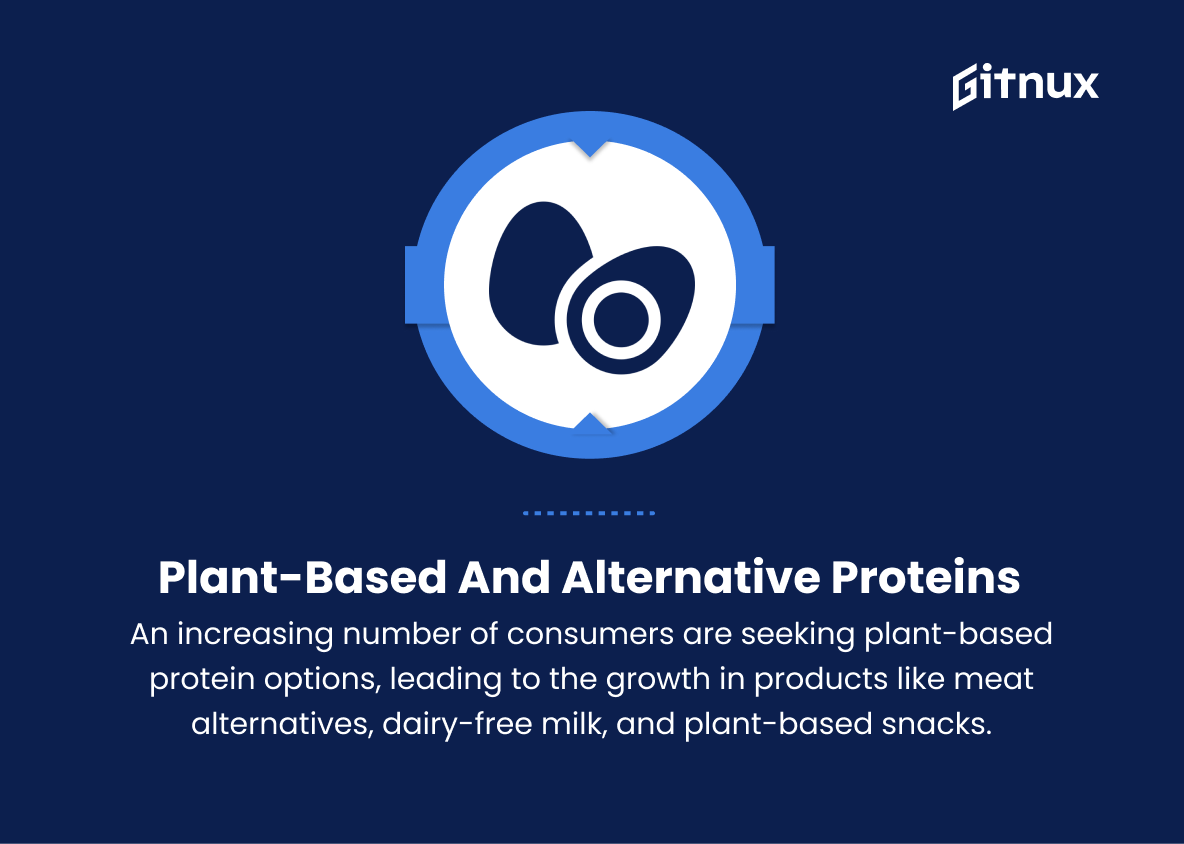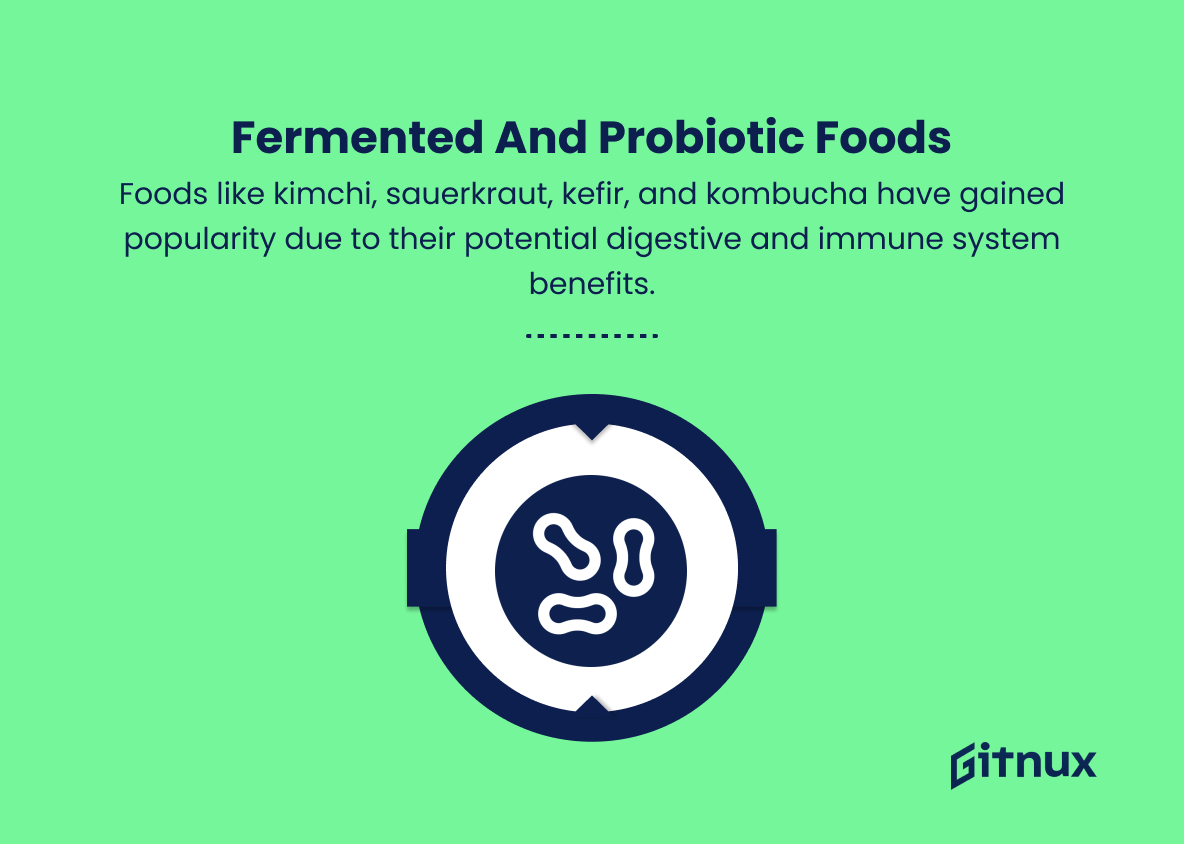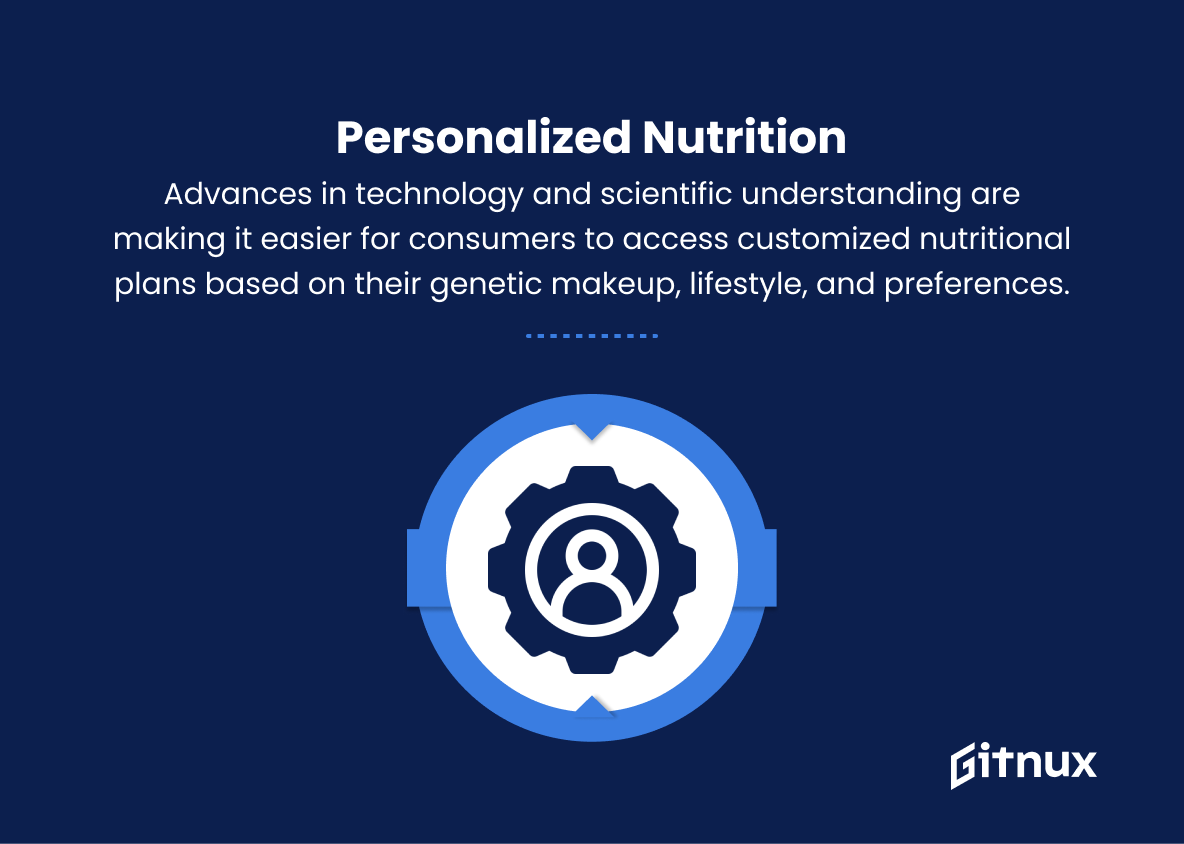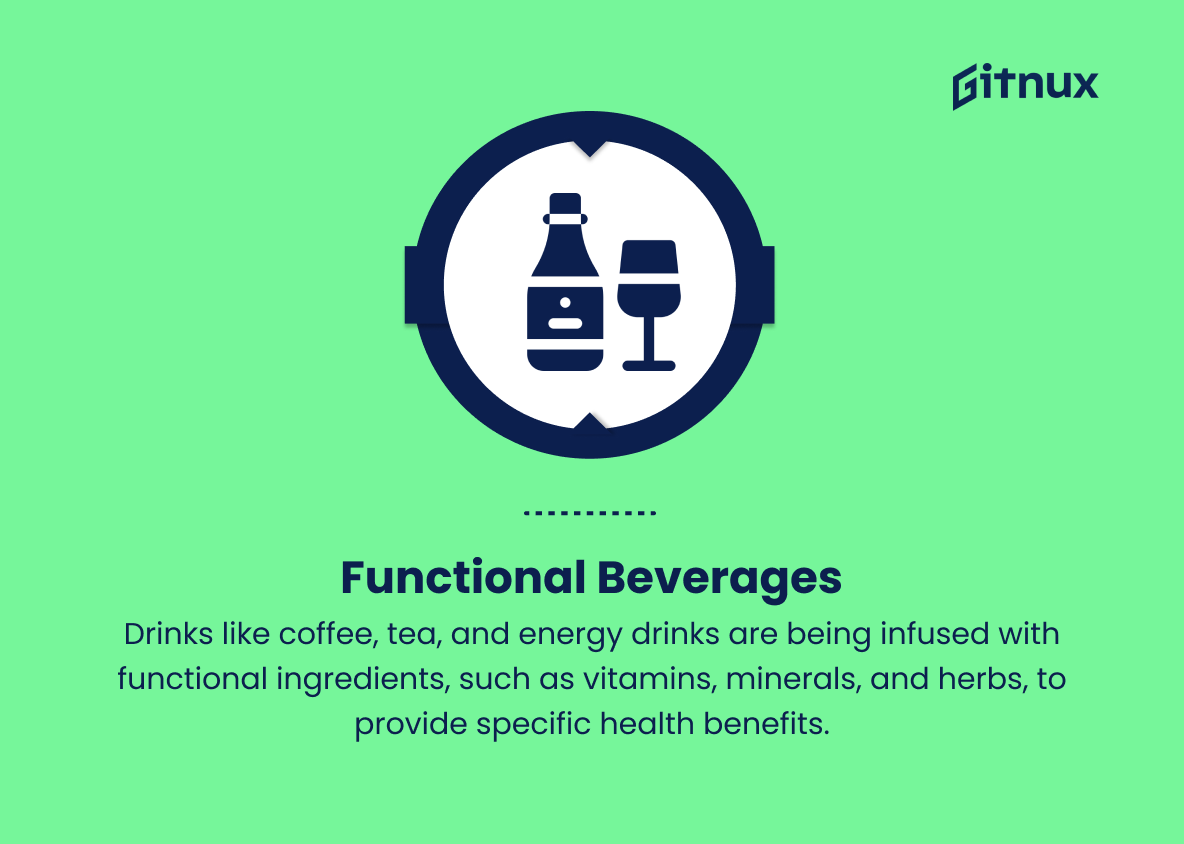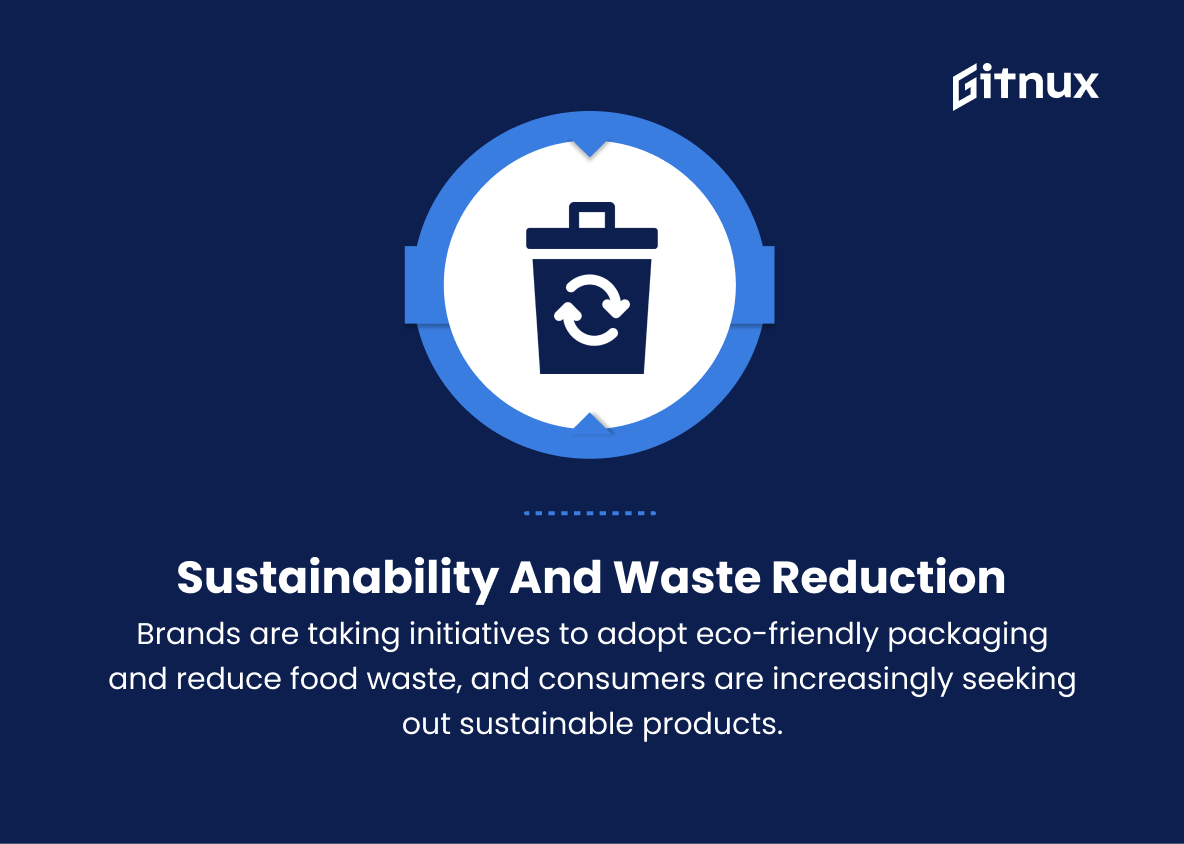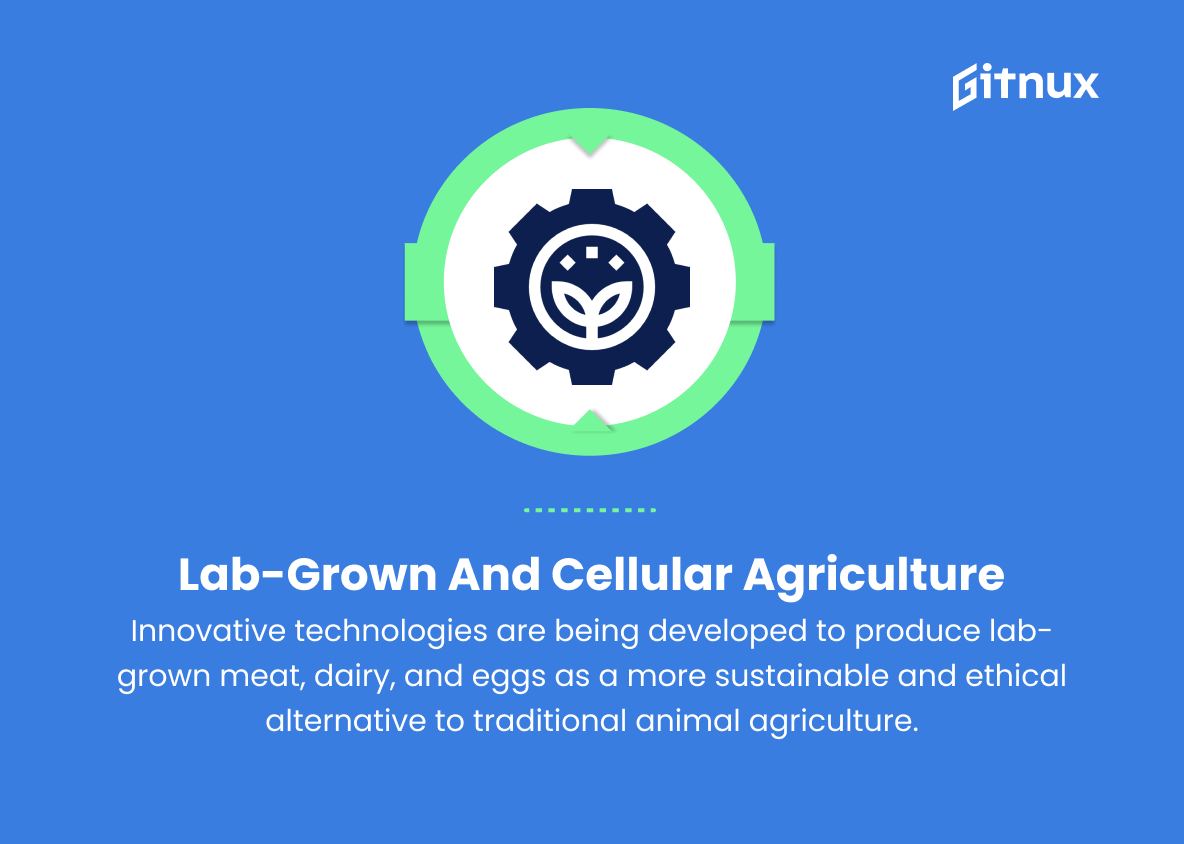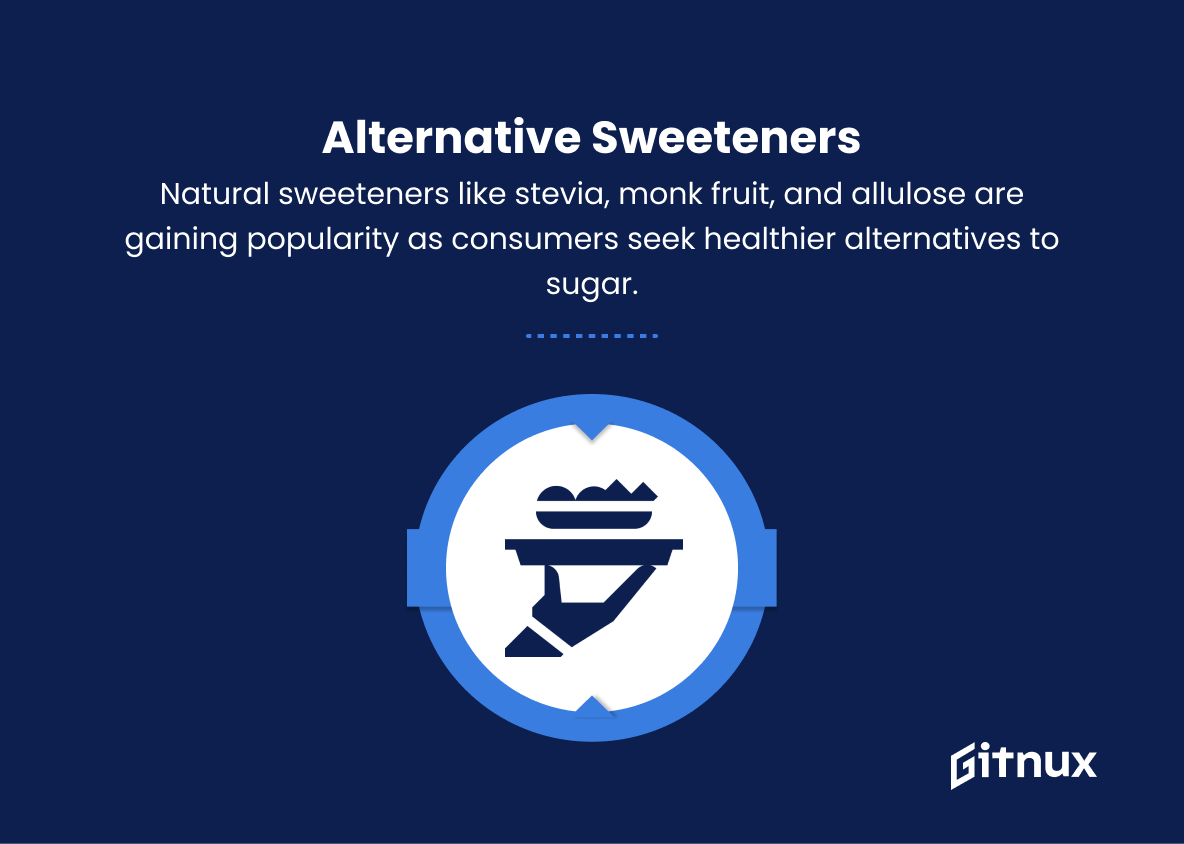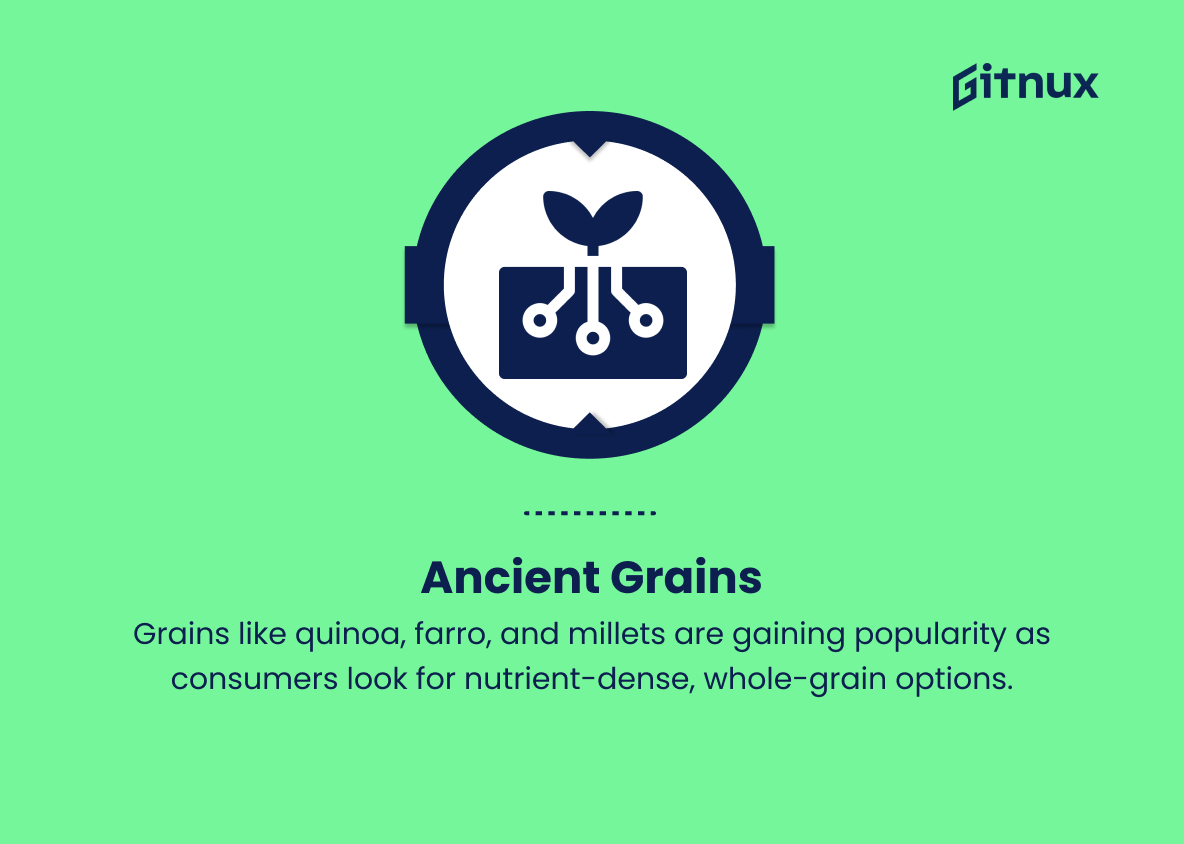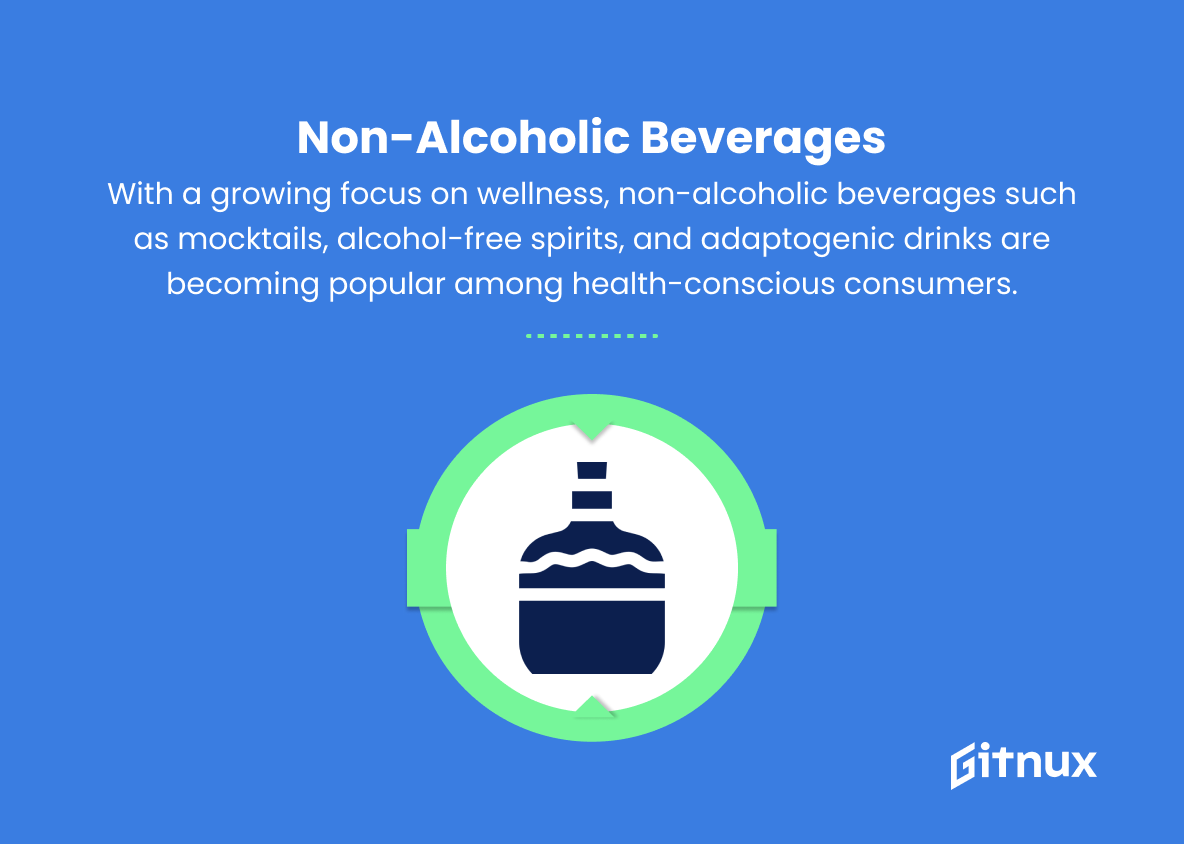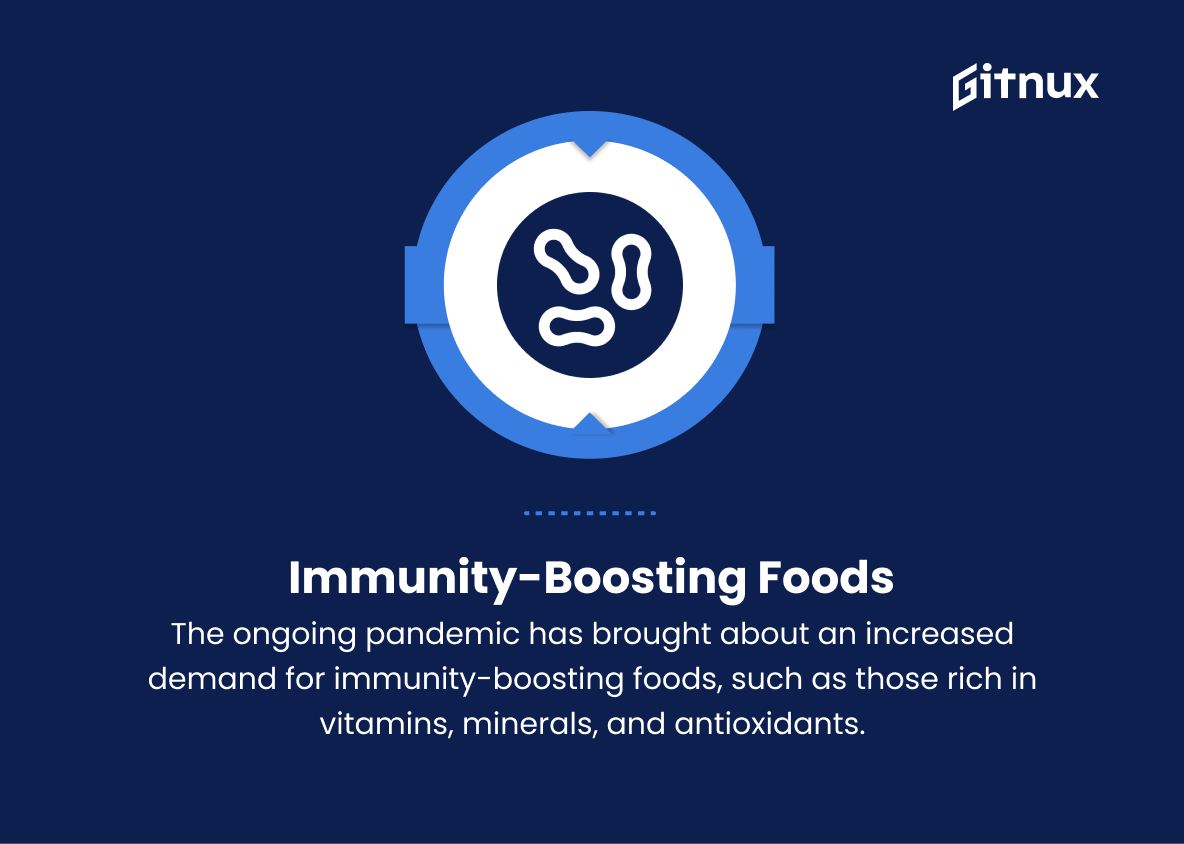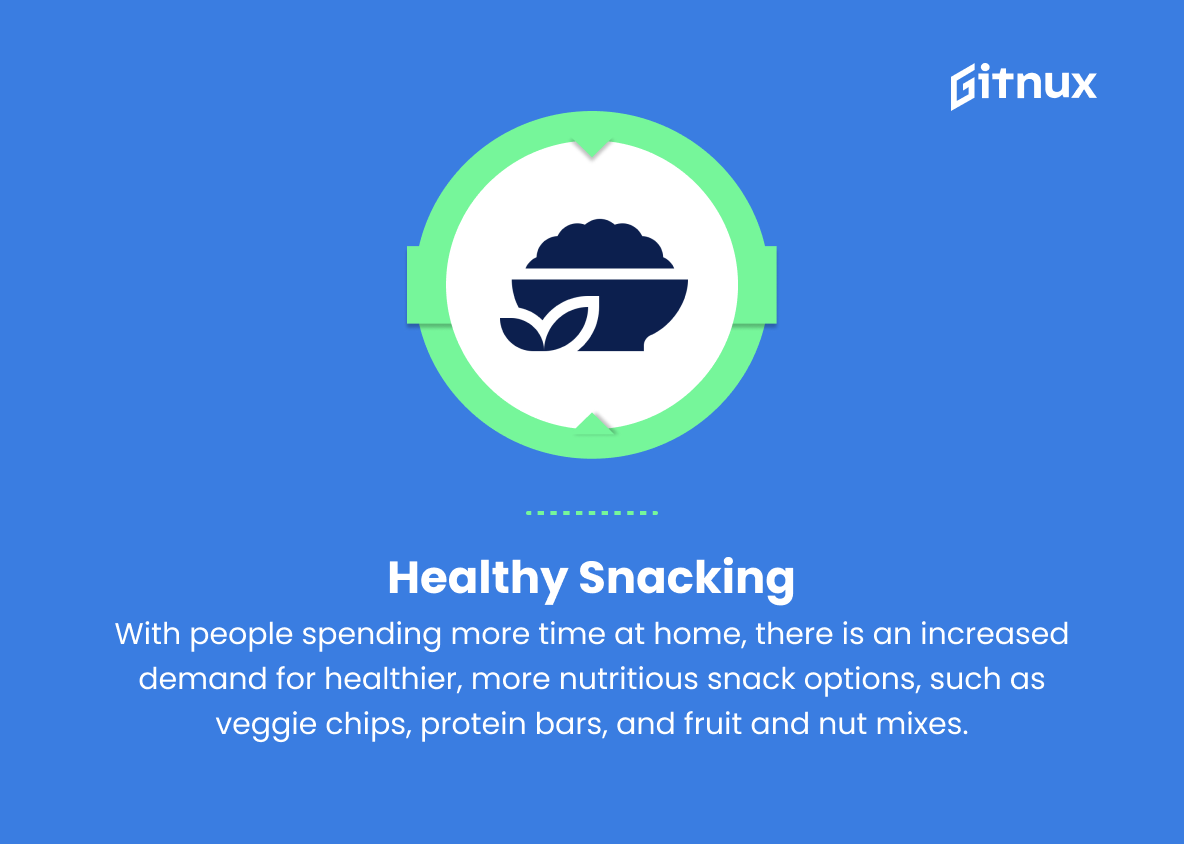As the global culinary landscape continues to evolve, it is crucial for those in the food and beverage industry to stay informed about the latest trends and consumer preferences. Both producers and consumers alike have grown increasingly conscious about the food they consume, factoring in aspects such as sustainability, health, and convenience. This blog post aims to delve deep into the world of food and beverage, exploring the emerging trends and innovations, while also addressing the challenges faced by the industry. By examining these key developments, we hope to provide valuable insights for restaurateurs, food producers, and culinary enthusiasts seeking to navigate the ever-changing world of gastronomy. So, prepare your taste buds for a flavorful journey as we uncover the significant food and beverage trends shaping our palates and plates today.
Top Food And Beverage Trends
1. Plant-based and alternative proteins
An increasing number of consumers are seeking plant-based protein options, leading to the growth in products like meat alternatives, dairy-free milk, and plant-based snacks.
2. Fermented and probiotic foods
Foods like kimchi, sauerkraut, kefir, and kombucha have gained popularity due to their potential digestive and immune system benefits.
3. Food transparency
Consumers are increasingly demanding to know the origin, production methods, and nutritional content of their food, leading to more transparent labeling and marketing practices.
4. Personalized nutrition
Advances in technology and scientific understanding are making it easier for consumers to access customized nutritional plans based on their genetic makeup, lifestyle, and preferences.
5. Functional beverages
Drinks like coffee, tea, and energy drinks are being infused with functional ingredients, such as vitamins, minerals, and herbs, to provide specific health benefits.
6. Gut health
Products focusing on gut health, such as prebiotics, probiotics, and fiber-rich foods, are gaining popularity as consumers become more aware of the importance of a healthy gut microbiome.
7. Sustainability and waste reduction
Brands are taking initiatives to adopt eco-friendly packaging and reduce food waste, and consumers are increasingly seeking out sustainable products.
8. Edible insects
As a sustainable source of protein, insects like crickets, mealworms, and locusts are being incorporated into various foods, such as snacks, energy bars, and pasta.
9. Lab-grown and cellular agriculture
Innovative technologies are being developed to produce lab-grown meat, dairy, and eggs as a more sustainable and ethical alternative to traditional animal agriculture.
10. Alternative sweeteners
Natural sweeteners like stevia, monk fruit, and allulose are gaining popularity as consumers seek healthier alternatives to sugar.
11. Ancient grains
Grains like quinoa, farro, and millets are gaining popularity as consumers look for nutrient-dense, whole-grain options.
12. Non-alcoholic beverages
With a growing focus on wellness, non-alcoholic beverages such as mocktails, alcohol-free spirits, and adaptogenic drinks are becoming popular among health-conscious consumers.
13. Immunity-boosting foods
The ongoing pandemic has brought about an increased demand for immunity-boosting foods, such as those rich in vitamins, minerals, and antioxidants.
14. Virtual dining experiences
Restaurants and food companies are offering virtual dining and cooking experiences as a way to engage with customers during times of social distancing.
15. Healthy snacking
With people spending more time at home, there is an increased demand for healthier, more nutritious snack options, such as veggie chips, protein bars, and fruit and nut mixes.
16. E-commerce and food delivery
Online grocery shopping and meal delivery services have skyrocketed in popularity due to social distancing measures and a growing preference for the convenience of ordering food online.
17. Ghost kitchens and virtual restaurants
In response to the increased demand for food delivery, restaurants are establishing ghost kitchens (delivery-only facilities) and virtual restaurants (online-only brands) to meet the needs of the growing delivery market.
18. Plant-based seafood alternatives
Seafood alternatives made from plants, such as algae and legumes, are gaining traction as sustainable and environmentally friendly options.
19. CBD-infused edibles and drinks
With the rise in the use of CBD for its potential health benefits, CBD-infused food and beverage products are becoming more common.
20. AI and robotics in foodservice
Technology advancements are leading to the integration of AI and robotics in food production, preparation, and service, which can improve efficiency and reduce labor costs while maintaining consistency and quality.
Implications
As we progress further into the 21st century, the global food and beverage landscape is rapidly evolving to accommodate evolving consumer preferences, environmental concerns, and technological advancements. The increasing interest in plant-based and alternative proteins is a testament to society’s growing awareness of environmental sustainability and the desire for healthier food choices. Similarly, the rise in popularity of fermented and probiotic foods highlights the importance of gut health and the desire to boost the body’s natural defenses, as does the heightened demand for immunity-boosting foods amidst the ongoing pandemic. As the need for transparency, sustainability, and waste reduction rises, brands are compelled to adopt more environmentally friendly practices and cater to the consumer’s desire for food products made through ethical, eco-friendly means. This trend also extends to the emergence of alternative sweeteners, ancient grains, and non-alcoholic beverages, signifying the increasing emphasis on health and wellness in the overall food industry.
Furthermore, the development of innovative technologies such as lab-grown meats and cellular agriculture offer potential solutions for addressing the environmental and ethical problems associated with traditional animal agriculture. Edible insects also present new possibilities for sustainable protein sources while personalized nutrition reflects a shift towards a more holistic approach to individual health.
The global pandemic has significantly influenced food consumption patterns by accelerating the growth of e-commerce, food delivery, ghost kitchens, virtual restaurants, and virtual dining experiences. At the same time, increased time spent at home has encouraged healthy snacking and home-cooked meals. The rising popularity of plant-based seafood alternatives and CBD-infused edibles and drinks showcases the industry’s adaptability and persistent innovation. Finally, the integration of AI and robotics in foodservice signals a shift towards a more automated and efficient future in food production, maintaining quality and consistency across the board. These trends not only indicate the direction of the food and beverage sector in the coming years but also paint a picture of a more health-focused, environmentally friendly, and technologically driven future for society as a whole.
Conclusion
In conclusion, the food and beverage industry is continuously evolving, driven by the changing preferences and needs of consumers. It is essential for businesses to stay informed of these trends and adapt accordingly in order to remain competitive and cater to the market effectively. Embracing sustainable practices, prioritising health and wellness, and incorporating technology and digital solutions are just a few ways to stay ahead in this dynamic landscape. By paying close attention to these emerging trends and making strategic decisions, businesses can position themselves for ongoing success while providing consumers with the innovative, delicious and health-conscious food and beverage offerings they now demand.
